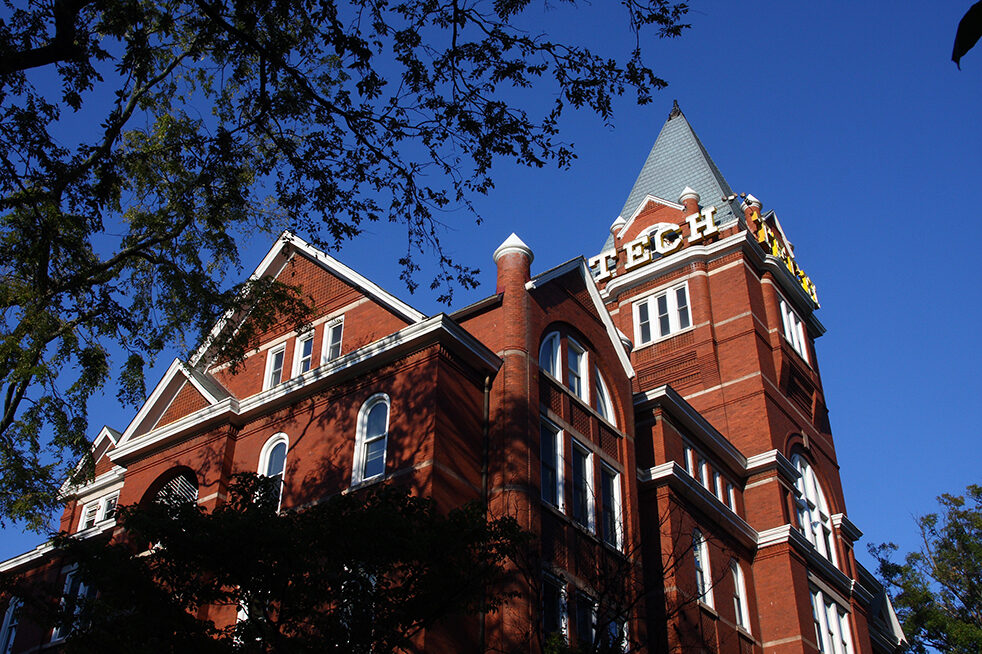As of March 30, 2022, the Institute has published its ten-year Diversity, Equity and Inclusion Plan, laying out 22 actionable strategies to build a more inclusive future at Tech. However, after a review of the plan, The Technique Editorial Board finds that, in many aspects, the plan remains too vague, lacks measurable goals and does not account for the current atmosphere of Tech. First, an initial read-through of the plan leaves readers unclear about the Institute’s plans and the change they hope to see within the community. Using purposefully ambiguous terms such as “grow,” “expand” or “invest” without providing solid backing statistics, Tech has positioned itself in such a way that we, as a student body, have no idea what to actually expect from the Institute to do. By doing this, it is impossible to hold the Institute accountable for making meaningful change. Furthermore, the largest issue with the vagueness of the ten-year plan is the fact that it does not include any metrics to actually see the impacts of the plan. For example, goals such as creating a more diverse faculty could be done by only adding one or two more people of color to the staff, which is not the meaningful change they claim to champion.
Avoiding including data or measurable milestones allows the Institute to escape accountability. The first rule of any initiative intent on institutional change is the necessity of data on the status quo and the post-initiative world to see if it works. Moreover, by implementing the plan over ten years, the student body and the faculty responsible for implementing it will be subject to change, meaning that there is no one who can be held accountable for the plan and that students will not be able to actually see the changes during their time on campus.
Finally, the plan lacks nuance in how it approaches the Institute because it does not take into consideration the diversity of the community we exist in and the already existing organizations that serve minorities on campus. The position of Tech at the center of Atlanta places it in a unique position to contribute to a community that has been historically underrepresented within the Institute.
However, rather than capitalizing on the privilege of higher education, Tech exists within a bubble and is more focused on bringing in diversity from outside the city’s borders. Moreover, as Tech expands out into the city, leaving gentrification in its wake, one gets the feeling that the Institute takes from the city it exists in while rarely giving back.
Moreover, rather than working with existing programs on campus that have seen immense success such as the accessibility of the Online Master of Science Computer Science and the five-week summer residential Challenge Program hosted by the Office of Minority Educational Development, the plan ignores the progress that has already been made. For example, they continue to push for the creation of safe spaces instead of investing in spaces that already exist such as the LGBTQIA+ resource center. Creating new spaces and initiatives, while ignoring new ones and not properly marketing them puts an even greater strain on minorities to seek out these resources on their own time.
By ignoring the existing atmosphere of both the culture and resources on campus, the plan reads more like a one size fits all solution that could be applied to any campus rather than a tailored solution to the problems of the Institute.
Existing as a minority in this country, this state and this campus already presents a major barrier, and Tech’s Diversity, Equity, and Inclusion plan does nothing to break it down.
As the year comes to an end and we prepare to introduce a newly admitted class, the Technique Editorial Board — as is often the theme of these consensuses — calls for the Institute to do better in creating a more diverse, equitable and inclusive future.
